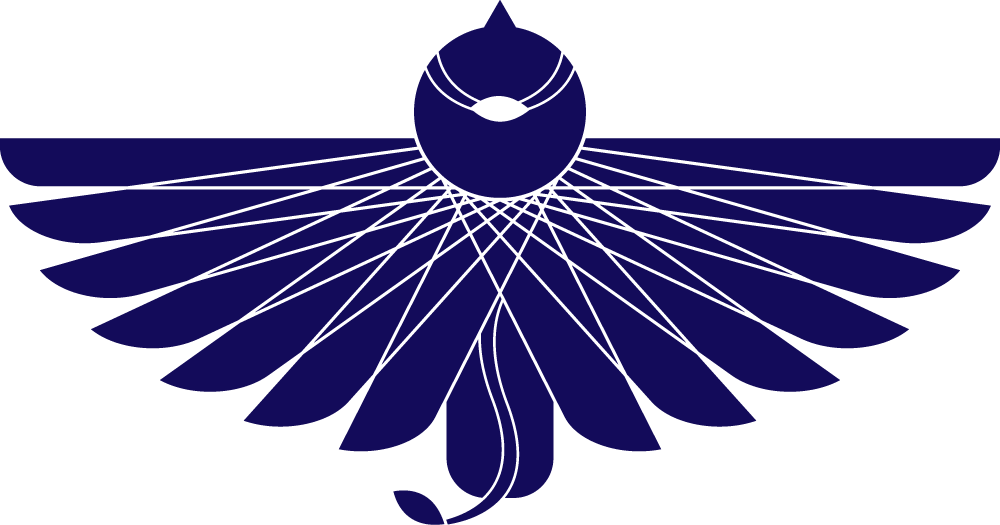Why So Many Olympians Are Hooked on Cupping
If, for the last couple of weeks, you’ve been nerding out over the Olympics like me, you’ve probably noticed the telltale, circular marks from cupping across the backs of many star athletes, including swimmers like Italy’s gold medalist Nicolo Martinenghi and the USA’s very own golden girl Katie Ledecky.
Cupping is an ancient therapeutic practice with roots in Chinese and numerous other medical traditions, and–while my Oakland, California acupuncture practice is far from the pools and arenas of the Olympic Village–I love incorporating cupping into my patients’ acupuncture treatments, especially for musculoskeletal pain—as the relief it can provide often starts immediately.
What Is Cupping?
I think of cupping as a reverse-deep tissue massage. Whereas massage compresses muscles, cupping lifts and stretches the body’s myofascial tissues through the application of suction cups that increase circulation. The gentle, sustained stretch provided by cupping loosens tight muscles and connective tissue adhesions, reduces painful trigger points, improves circulation, and relieves pain in overworked muscles–hence its popularity with athletes.
How Does Cupping Work?
There are several styles of cupping, including traditional “fire cupping,” which involves placing a burning cotton ball inside a glass cup. The cotton ball is removed and the glass cup is quickly placed on the affected area of the body, such as the back, shoulder, or leg. The temperature differential created by the flame generates suction, which promotes blood flow by pulling the skin and surface tissues away from the body. Cupping can also be done with silicone cups and a mechanical pump that creates a similar vacuum-like suction.
Cups are left on for approximately 10 minutes, and can sometimes leave those “pepperoni pizza” dark marks, similar to a bruise, that we’re seeing so many Olympians sporting. (Unlike a bruise, these marks are not tender, and tend to dissipate within a week.) Typically, the darker the marks, the more history of tension in that area.
Alternatively, in “sliding cupping,” cups are moved across the area being treated in a massage-like fashion, rather than being kept in a single spot for an extended period of time. Sliding cupping can temporary darken or redden the skin, but is unlikely to leave those circular marks.
What Are the Benefits of Cupping?
Anyone with muscle tension or body aches and pains can benefit from cupping. One randomized controlled trial found that, in a group of patients experiencing chronic neck pain, patients who received a series of 5 cupping treatments over a 3 week period reported significantly less neck pain than those who did not receive cupping (Saha et al., 2017).
Cupping, along with acupuncture, bodywork, and therapeutic exercise, can also be part of a comprehensive treatment approach for sports injuries like shin splints.
Often, one cupping session will already start to bring you immediate relief for musculoskeletal pain. For athletes, I recommend cupping twice a month, especially during training seasons. For everyone else, once a month as part of your overall acupuncture wellness regimen is a beneficial schedule—but you can always do it more frequently if you need relief from muscle pain or soreness.
Whether you’ve just jetted home from the Olympic Village, or you’re simply aching after a long week at work/behind the wheel/dealing with the existential pains of modern life here in the Bay Area—come on by if you’re ready to try cupping for pain relief and recovery.
SOURCE
Saha, F. J., Schumann, S., Cramer, H., Hohmann, C., Choi, K., Rolke, R., Langhorst, J., Rampp, T., Dobos, G., & Lauche, R. (2017). The Effects of Cupping Massage in Patients with Chronic Neck Pain - A Randomised Controlled Trial. Complementary Medicine Research, 24(1), 26–32. https://doi.org/10.1159/000454872
Dr. Lisa Franzetta is a licensed acupuncturist and herbalist in Oakland, California specializing in pain management, sports acupuncture and athletic performance, internal medicine, and integrative cancer support.




